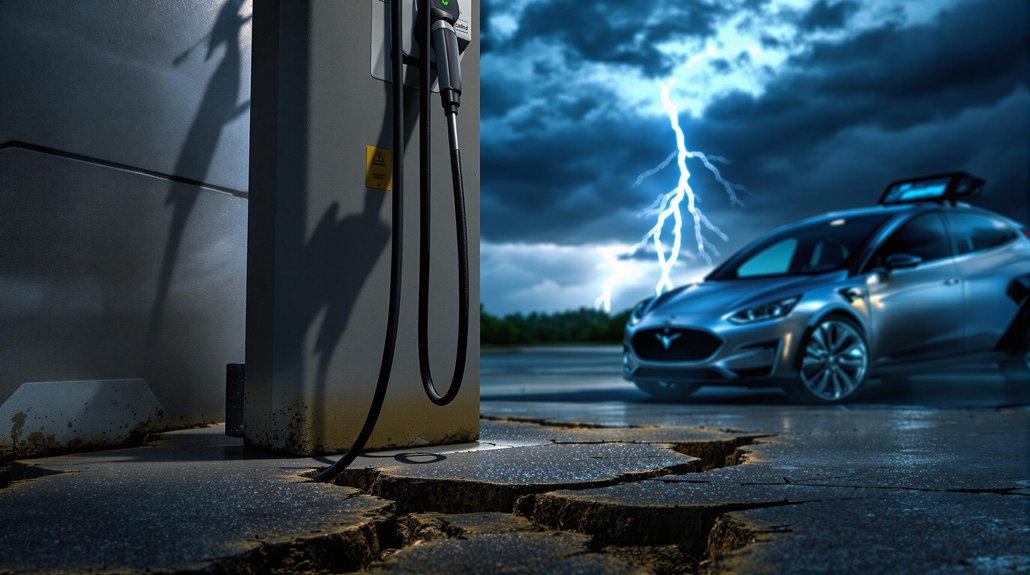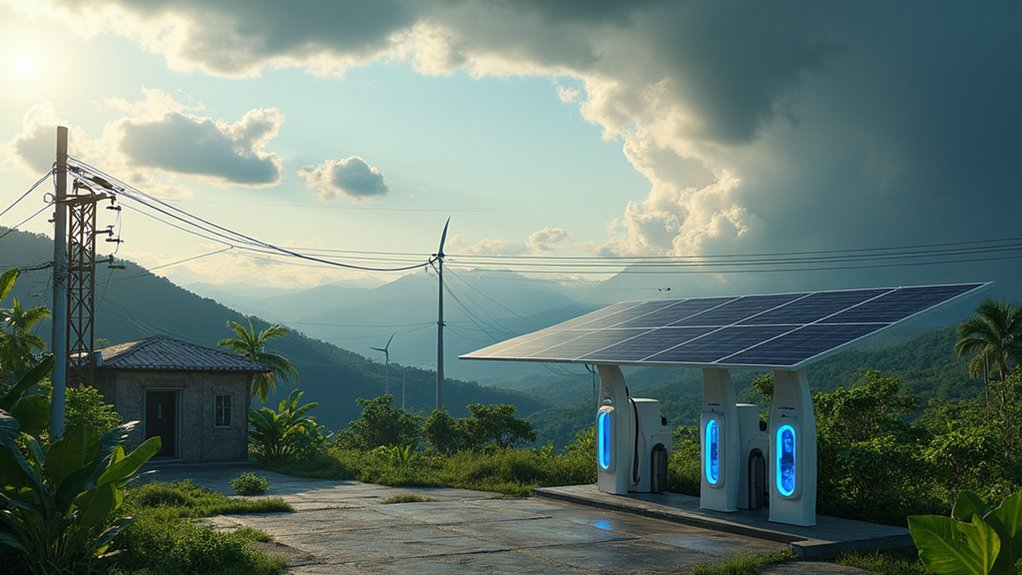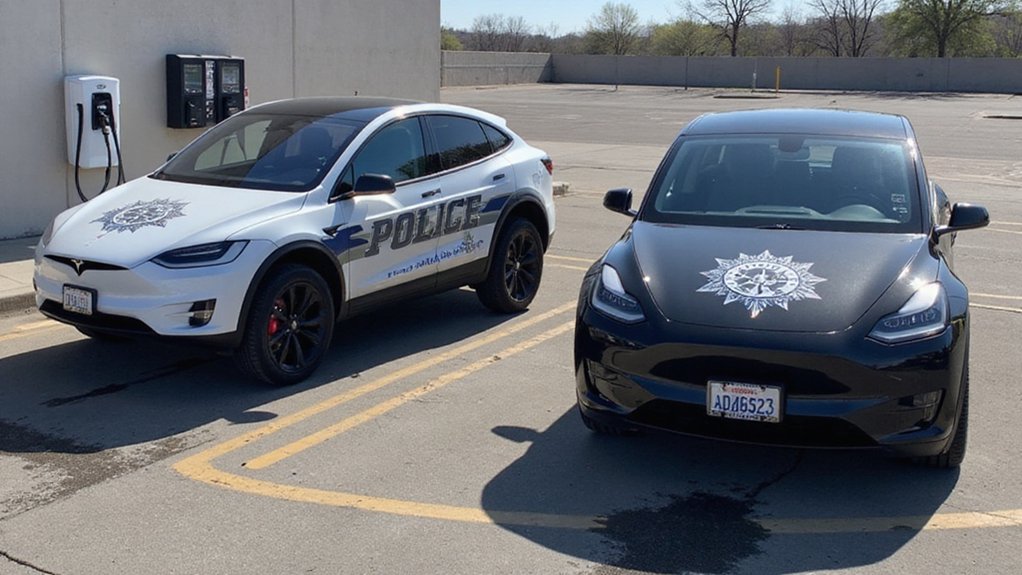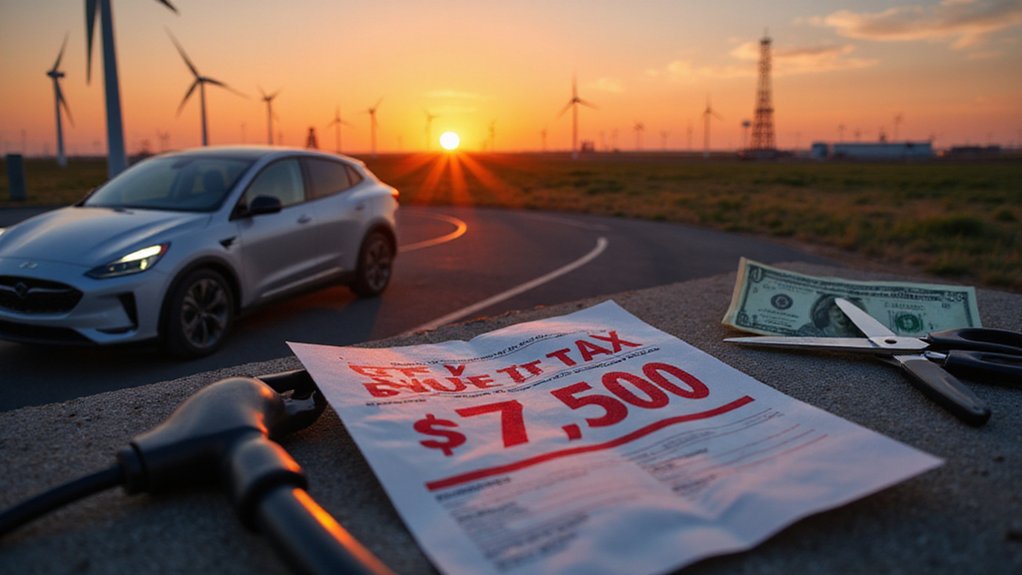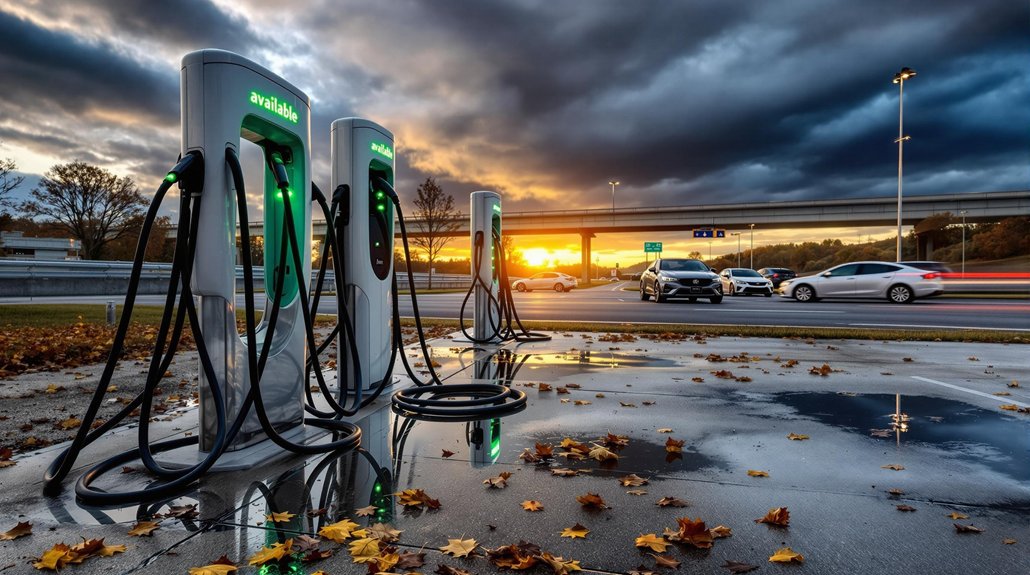The EV revolution faces serious economic hurdles despite its rapid growth. High upfront costs still deter average consumers. Charging infrastructure lags behind adoption rates, making long trips a headache. The required $125 billion in grid upgrades won’t materialize overnight. Government subsidies prop up the market artificially. Sure, battery costs have dropped 89% since 2010, but the shift remains heavily dependent on taxpayer funding. The foundations might not be as solid as enthusiasts claim.
The electric vehicle revolution is shifting into high gear, transforming the global automotive landscape faster than most experts predicted. With global EV sales soaring to 10.5 million units in 2022—a whopping 55% increase from 2021—the industry seems unstoppable. China‘s dominating the game with 59% of global sales, while Europe and the US trail behind at 21% and 10% respectively. Impressive numbers. Really impressive.
The EV market isn’t just growing—it’s exploding, with China leading the charge and the rest of the world racing to catch up.
But let’s get real. This EV party is built on a foundation that’s about as stable as a house of cards in a hurricane. Sure, lithium-ion battery costs have plummeted 89% since 2010. Great. Average range has more than tripled from a pathetic 73 miles in 2011 to 259 miles today. Better. But who’s footing the bill for this “revolution”? Taxpayers, that’s who.
Governments worldwide are throwing money at EVs like there’s no tomorrow. The US offers up to $7,500 in federal tax credits. The EU and China have set ambitious targets for zero-emission vehicles. California, always ahead of the curve (or out of touch with reality, depending on who you ask), mandates 100% zero-emission new car sales by 2035.
Meanwhile, the charging infrastructure is struggling to keep up. Yes, global public charging points increased by 45% to 2.7 million in 2022. But it’s nowhere near enough. Try finding a charger on a road trip through middle America. Good luck.
The economic implications are staggering. The global EV market is valued at $370 billion and projected to hit $1.1 trillion by 2030. Traditional automakers are spending billions to evolve. Oil demand is expected to drop by 5-6 million barrels daily by 2030. The US alone needs about $125 billion in grid upgrades. Yet, with widespread EV adoption, the American economy could become significantly more resilient against the oil price shocks that have historically triggered recessions.
Consumers still face major hurdles: higher upfront costs, range anxiety, and limited model choices. EVs might produce 50% less lifetime emissions than traditional vehicles, but until these fundamental economic challenges are addressed, the EV revolution remains on shaky ground. Markets that have crossed the 5% adoption threshold typically enter a phase of explosive growth on the S curve, but the wheels might just come off. The power sector’s transition to renewable energy sources is essential for EVs to deliver their full environmental benefits, as electric cars are only as clean as the electricity that powers them.
